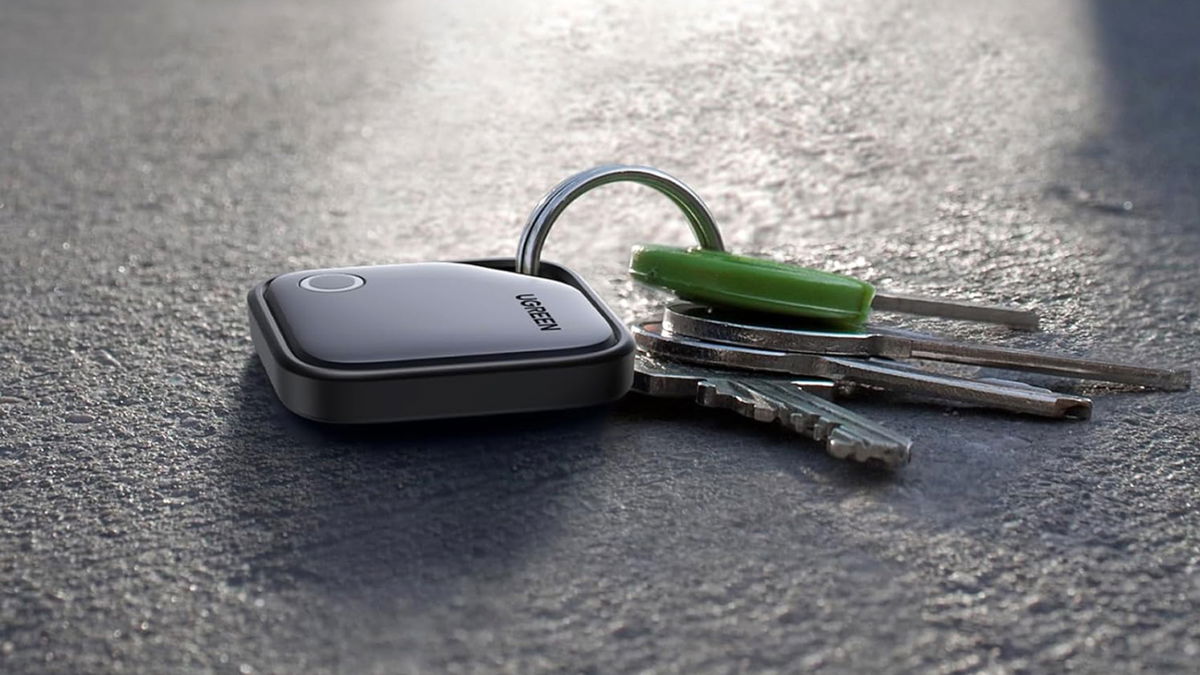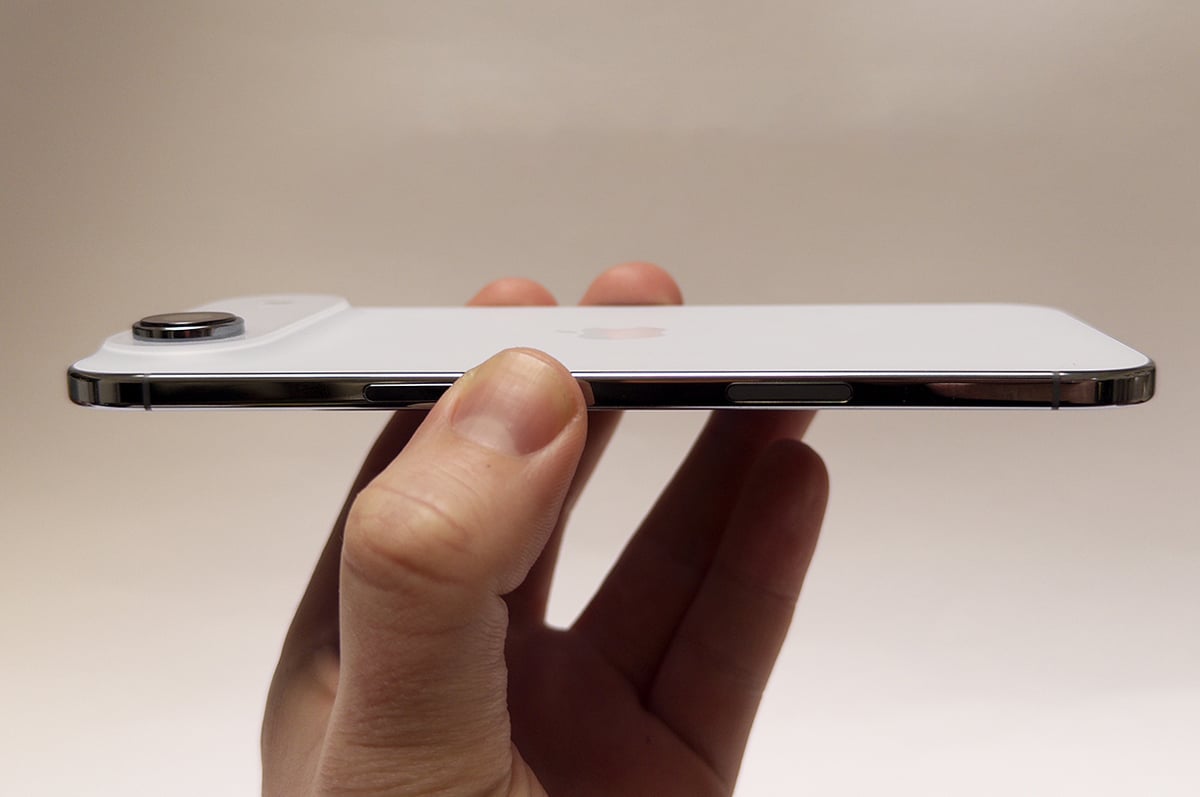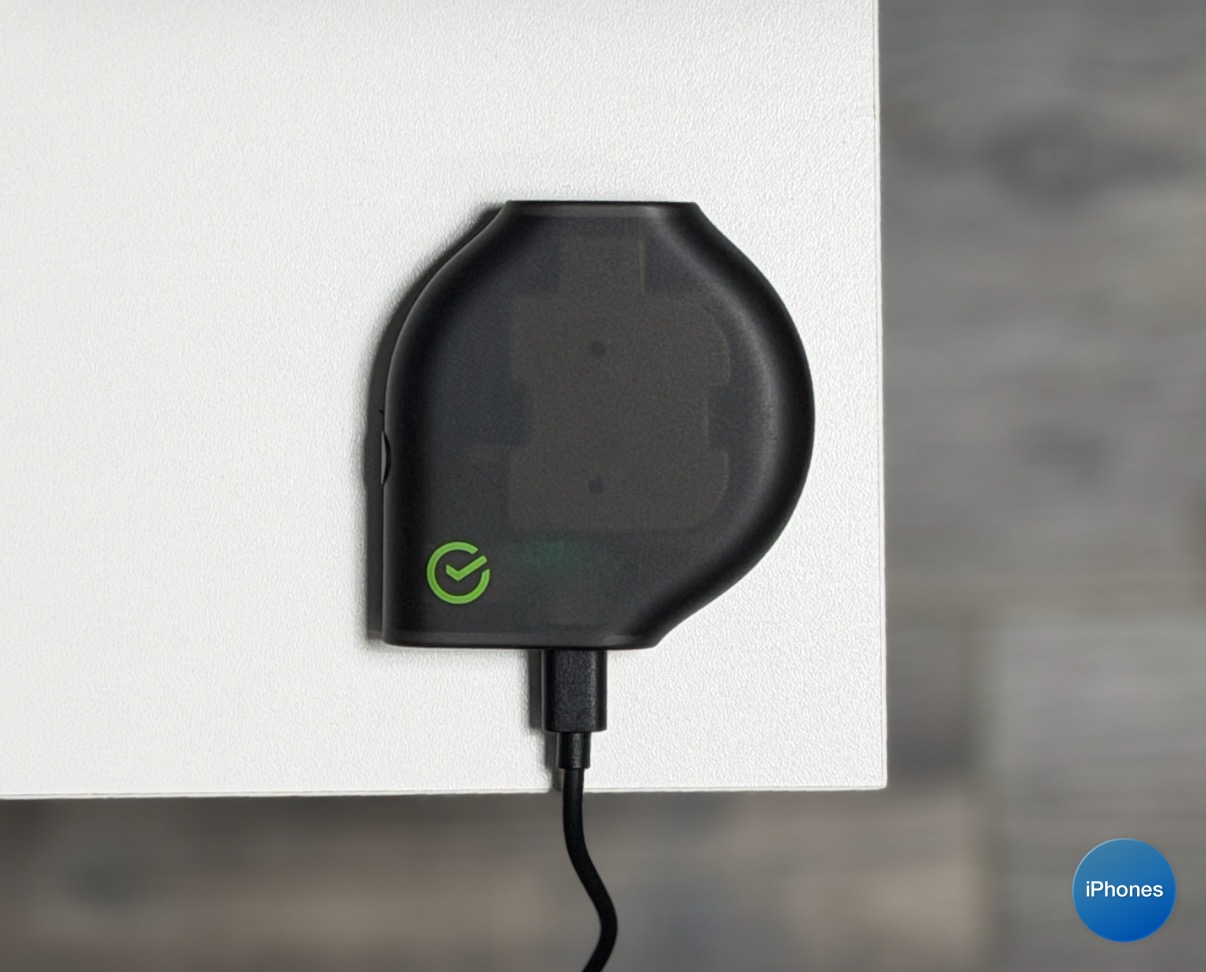The device is in full working order, we even managed to download 50MB of data from it. But lunar night is approaching on Earth’s satellite, and experts hope that they will be able to resume the IM-1 mission in three weeks.
The device can “come to life” because it is equipped with lithium-ion batteries powered by solar panels. And when sunlight appears again at the landing site of the module, the device will be able to continue operating.
But the possibility of module failure is still high due to -173 degrees Celsius frost, which is dangerous for both electronics and batteries.
Source: Ferra
I am a professional journalist and content creator with extensive experience writing for news websites. I currently work as an author at Gadget Onus, where I specialize in covering hot news topics. My written pieces have been published on some of the biggest media outlets around the world, including The Guardian and BBC News.











